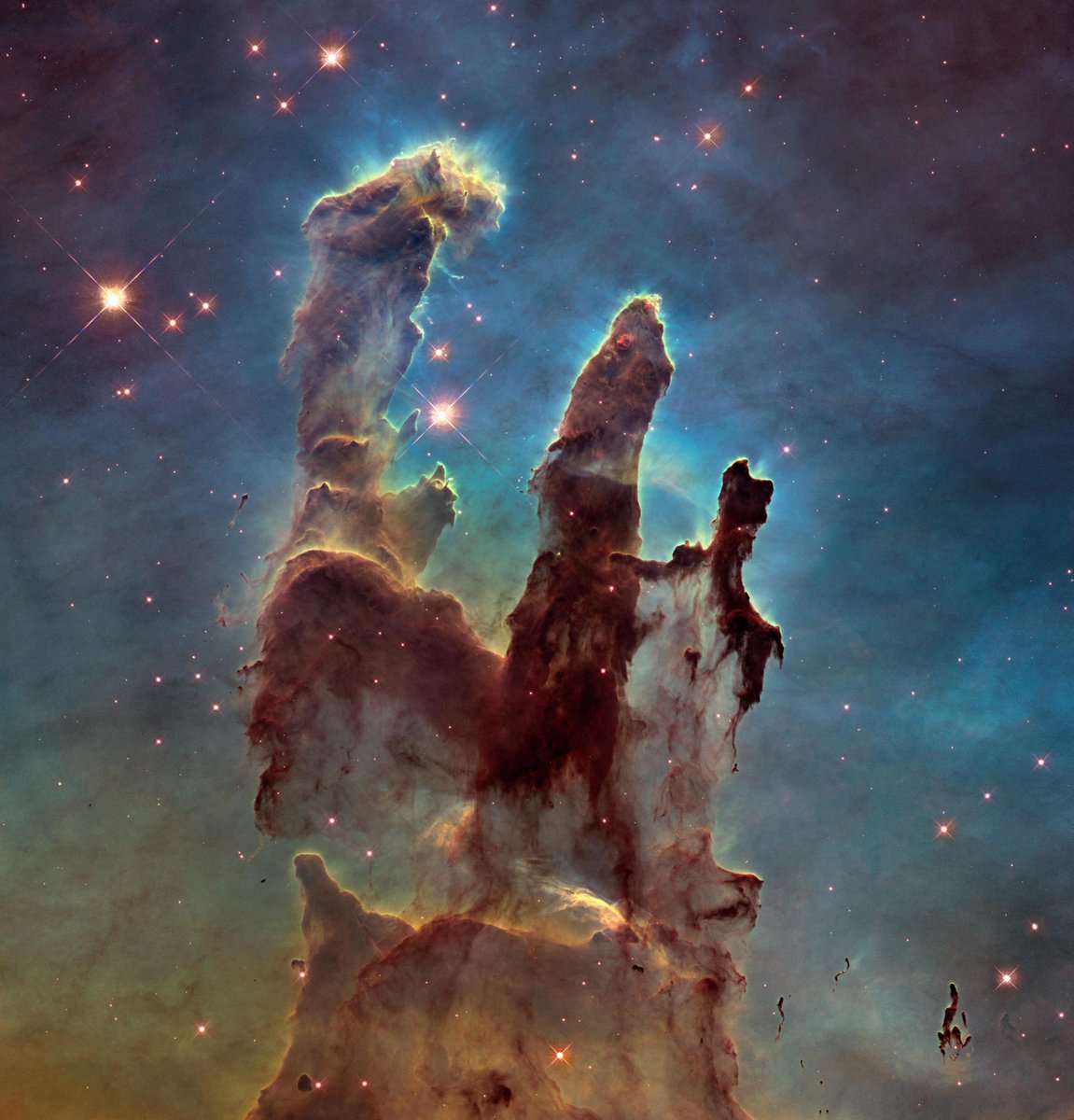It’s #WorldWaterWeek! From our solar system to other star systems, Hubble has found evidence of water beyond Earth. Each day through Friday, learn about a different place where Hubble has observed water off our planet.
Hubble found evidence of water-rich asteroids falling into the white dwarf GD 61, located 150 light-years from Earth. A stellar relic that burned out 200 million years ago, the white dwarf might've once had habitable planets orbiting it: hubblesite.org/news_release/n… #WorldWaterWeek 

Day 2: Hubble observations from 1997 of Mars provided further evidence for water- or hydrogen-bearing minerals on the planet’s surface. In the false-color infrared view below, the reddish areas show where such hydrated minerals could be concentrated: hubblesite.org/image/776/news… 

In 2005, Hubble released results that shows Ceres, the largest member of the asteroid belt, might contain large amounts of water ice beneath its surface. Results from the @NASA_Dawn spacecraft, which now orbits Ceres, support the finding. hubblesite.org/news_release/n… #WorldWaterWeek 

Day 4- When Hubble studied the exoplanet WASP-43b, located 260 light-years away, it was able to trace the amount and distribution of water in the planet’s atmosphere: hubblesite.org/news_release/n… #WorldWaterWeek 

#WorldWaterWeek Day 5: Hubble images have shown what might be water vapor plumes erupting from Jupiter’s icy moon Europa, possibly containing material from a subsurface ocean! For more on this story: hubblesite.org/news_release/n… 

• • •
Missing some Tweet in this thread? You can try to
force a refresh


















